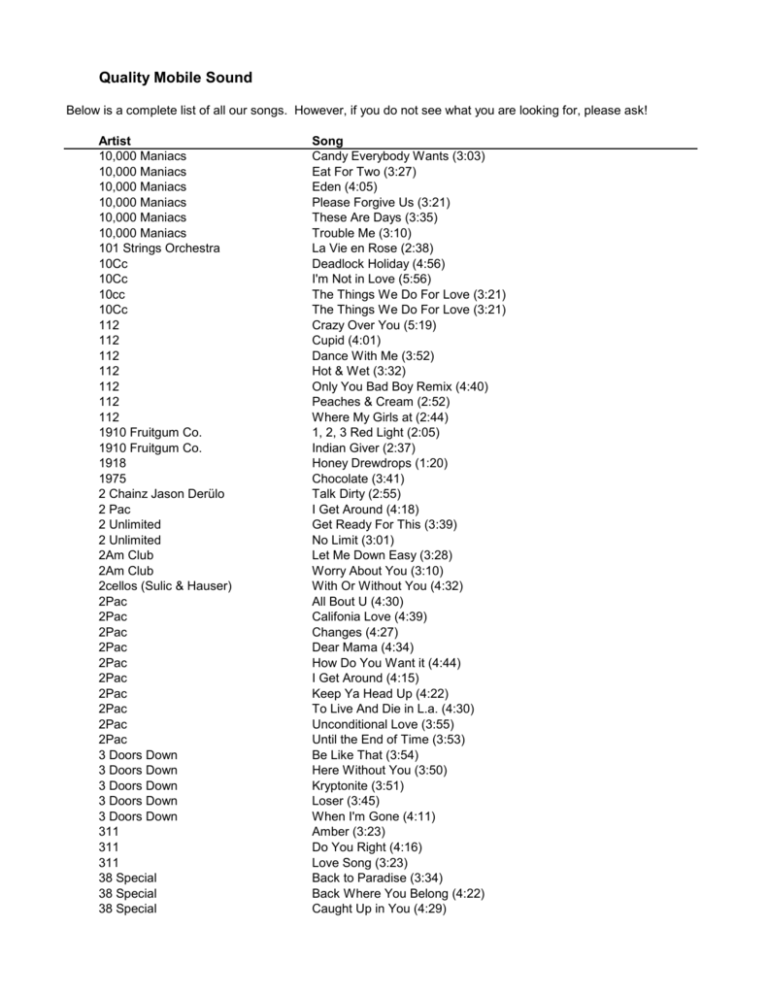
The theoretical results are validated by simulations. Particularly, with diversity order, we work out closed-form BER expressions for the EGC and W-EGC. Then we propose adaptive jamming suppression schemes, namely, weighted EGC (W-EGC) with the optimum and suboptimum weighting coefficient, where the analytical BER expressions are also derived. Based on the studies of the EGC receiver, we give a further simplification on the BER expression. In analysis, we consider PBNJ and frequency selective Rayleigh fading channels with imperfect CSI. This paper addresses the jamming suppression problem with coherent FFH/BPSK. However, the jamming suppression was not addressed in. It is illustrated that the two combining schemes have a close BER performance in the presence of PBNJ. And we extended the study of to the Rayleigh fading channels with imperfect channel state information (CSI), where we analyzed the BER of FFH/BPSK with maximum ratio combining (MRC) and equal gain combining (EGC). In the presence of fading channels, we have proposed a novel FFH scheme, which enables reliable channel estimation for FFH signals.

However, the fading channels were not considered in. The authors considered coherent ML combining, LC combining, and hard-decision majority-vote combining, which significantly outperform various noncoherent FFH/FSK diversity combining schemes in terms of BER. Kang and Teh studied the bit error ratio (BER) of coherent FFH/BPSK with partial band noise jamming (PBNJ) and AWGN channel. As indicated in and the references therein, coherent reception has been made feasible by maintaining a continuous phase at the transmitter from hop to hop. With the growing demand of better performance in antijamming communications, coherent phase shift keying (PSK) based FFH system draws much attention. In spite of the low complexity in implementation, noncoherent FFH systems have inevitable shortcomings, for example, performance loss due to noncoherent diversity combining. Among the noncoherent FFH/FSK combining schemes, ML combining yields the best BER performance in the presence of jamming. In the presence of jamming, various diversity combining schemes have been proposed for noncoherent frequency shift keying (FSK) based FFH, including maximum likelihood (ML) combining, FFT based combining schemes, linear combining (LC), self-normalization combining, noise-normalization combining, product combining, and clipped combining.

FFH employs a number of advantages including capability of antijamming, robustness against multipath fading, and low probability of interception. IntroductionĪs a powerful antijamming method, fast frequency hopping (FFH) is widely used in military applications. Moreover, W-EGC receivers greatly reduce the hostile jammers’ jamming efficiency. As compared to the maximum likelihood (ML) receiver in conventional noncoherent frequency shift keying (FSK) based FFH, coherent FFH/BPSK W-EGC receivers also show significant advantages in terms of BER. It is shown that W-EGC receivers significantly outperform EGC. Particularly, closed-form BER expressions are presented with diversity order two. We analyze the bit error ratio (BER) of EGC and W-EGC receivers with partial band noise jamming (PBNJ), frequency selective Rayleigh fading, and channel estimation errors. In this paper, we propose efficient adaptive jamming suppression schemes for binary phase shift keying (BPSK) based coherent FFH system, namely, weighted equal gain combining (W-EGC) with the optimum and suboptimum weighting coefficient.

Fast frequency hopping (FFH) is commonly used as an antijamming communication method.


 0 kommentar(er)
0 kommentar(er)
